Tattoos are an increasingly popular way to express your individuality and show off a work of art on your skin. But like any other body modification, they come with their set of unique care instructions. One step that must be taken in properly caring for tattoos is the application of Aquaphor ointment over the freshly tattooed area several times each day for at least the first two weeks while it heals and adjusts itself to environmental conditions. If you’ve recently gotten a new tattoo, understanding how long to use Aquaphor on it can help ensure that you get the best healing process possible. In this article, we will discuss the significance of utilizing Aquaphor following a tattoo, alongside offering guidance on its application frequency and when it is appropriate to stop using it.
What Is Aquaphor?
Aquaphor is a topical ointment widely recommended by tattoo artists as part of post-tattoo care. It contains petroleum, mineral oil, ceresin, lanolin alcohol, panthenol, glycerin, and bisabolol, all of which work together to soothe, replenish, and protect your skin. [1] When it comes to tattoos, keeping the skin moisturized and protected from environmental factors is crucial for proper healing. Typically, Aquaphor should be applied to your new tattoo several times a day for approximately two weeks, or until the tattooed skin is completely healed. However, the exact duration can vary depending on the size, location, and complexity of your tattoo, as well as your skin’s natural healing rate. Always listen to your body and consult with your tattoo artist if you have any concerns.
Aquaphors provide a wide range of advantages when utilized as a component of the healing procedure for tattoos. Firstly, it acts as an emollient, enveloping your new tattoo in a protective layer that locks in moisture, preventing dryness and cracking that could potentially harm the tattoo’s appearance. Ingredients like glycerin and lanolin alcohol have the ability to attract and retain moisture, ensuring that the skin stays properly hydrated. Additionally, Aquaphor creates a barrier against environmental pollutants, ensuring the tattoo remains vibrant and clear during the healing phase. Petroleum and mineral oil, key ingredients in Aquaphor, work to protect the skin and reduce inflammation, promoting faster healing.
Furthermore, the inclusion of panthenol (pro-vitamin B5) supports skin regeneration, speeding up the overall recovery time post-tattoo. Lastly, bisabolol, derived from the chamomile plant, imparts soothing properties to alleviate any discomfort or irritation. Thus, when applied correctly and consistently, Aquaphor can help ensure your new tattoo heals properly while maintaining its original brilliance and detail.

Ways of Using Aquaphor?
Aquaphors can be used in multiple ways to aid the healing process of a new tattoo. Here are some detailed steps for different applications:
- Straight after Cleaning: After cleansing your tattoo using a gentle and unscented soap, gently blot the area dry with a fresh towel. Next, apply a thin coat of Aquaphor to the tattooed area. Ensure your hands are clean before application to avoid introducing any bacteria to the fresh wound.
- In Between Cleansing: Throughout the day, especially if the tattooed area feels dry, apply Aquaphor. Again, remember to clean your hands before touching the tattooed area to minimize the risk of infection.
- Before Bedtime: Prior to bedtime, gently apply a thin coat of Aquaphor on your tattooed skin. This helps reduce friction between your tattoo and bedding materials, which can lead to irritation and affect the healing process.
- Prior to Showering: Before taking a shower, apply Aquaphor to your tattoo. This safeguard shields your tattoo from the detrimental effects of harsh chemicals commonly present in certain soaps or shampoos, which could impede the healing process.
Remember, the key is to apply just enough to make the tattoo slightly shiny. Over-application can lead to clogged pores and hinder the skin’s ability to breathe, which is vital for proper healing. If you experience any unfavorable responses, such as excessive redness, itching, or pus, please stop using the product and seek advice from your tattoo artist or a medical expert promptly.
Why Is Tattoo Aftercare Important for Fresh Tattoos?
Tattoo aftercare is a fundamental part of the tattoo journey and its importance cannot be overstated. A recently completed tattoo can be likened to an unhealed wound. Like any other skin abrasion, it requires a proper healing environment to prevent infection and promote healthy recovery. Therefore, how you take care of your tattoo right after receiving it greatly influences the ultimate result.
Proper tattoo aftercare ensures that the vibrant colors and intricate designs of your new tattoo remain intact even after the healing process. Lack of proper care can lead to color fading and unnecessary touch-ups, spoiling the overall appearance of your tattoo. Furthermore, correct application of Aquaphor can drastically reduce the risk of scarring and help maintain the smooth appearance of your skin.
In summary, tattoo aftercare is an essential aspect of the tattoo process. It safeguards your investment, looks after your health, and ensures that your new piece of body art heals beautifully and lasts a lifetime.
How To Prep Your Tattoo And Skin Before Applying Aquaphor?
Before using Aquaphor on your fresh tattoo, it is crucial to make sure that both your skin and the tattoo are properly prepared.. Here are the detailed steps:
- Wait for the right time: Following the application of a new tattoo, it is common practice for the artist to provide a bandage as a protective measure. This should be left in place for a minimum of a few hours to protect the fresh wound from bacteria. Some artists may recommend leaving it on overnight.
- Gently clean the area: After taking off the bandage, use lukewarm water and a gentle, unscented soap to cleanse the tattooed area. Be gentle, ensuring not to scrub the area, as this can damage the skin and disrupt the healing process.
- Pat dry: After completing the cleaning process, gently dry the area using a fresh towel or allow it to naturally air dry. Avoid rubbing the area, as this can cause irritation.
- Wait for the skin to dry: Before applying Aquaphor, ensure that the skin is completely dry. Applying Aquaphor to damp skin can trap excess moisture, which can lead to bacterial growth and infection.
- Apply a thin layer of Aquaphor: After ensuring that your fingers are clean, gently spread a thin layer of Aquaphor on the tattoo. Ensure the ointment is spread evenly over the tattoo and a small surrounding skin area.
- Allow the skin to absorb the Aquaphor: Give the skin time to absorb the ointment before covering it with clothing or a bandage.
- Reapply as needed: If your skin responds differently to Aquaphor, you might have to apply it several times during the day. However, remember not to overdo it. Too much ointment can suffocate the skin and disrupt the healing process.
Please bear in mind that the aforementioned procedures must be repeated on a daily basis until the tattoo has fully healed, typically within a span of two to four weeks. During this time, also avoid swimming, sunbathing, and wearing tight clothing over the tattooed area.
Guide On How To Apply Aquaphor
As one embarks on the exciting journey of getting a new tattoo, it’s essential to understand the importance of proper aftercare. An essential component of this procedure includes utilizing Aquaphor, a versatile ointment with renowned healing properties. Using Aquaphor on a new tattoo can greatly help with healing, minimizing infection risk and preserving the tattoo’s vibrant appearance.
Monitor your skin’s reaction: While applying Aquaphor, it’s crucial to monitor your skin’s reaction to the ointment. Some individuals may experience a slight tingling sensation, which is normal. However, if you notice excessive redness, swelling, or discomfort, it’s best to stop using the product and consult your tattoo artist or a dermatologist.
Keep the tattoo clean and moisturized: Remember to keep the tattooed area clean and moisturized. Regular cleaning keeps the area free of bacteria while moisturizing with Aquaphor aids in the healing process. It’s important not to skip these steps, as neglecting either can lead to complications like infection or prolonged healing.
Use Sun Protection: Once the tattoo has healed, remember to apply sunscreen of at least SPF 30 before stepping out in the sun. While Aquaphor provides some sun protection, it’s not enough to protect your tattoo from intense UV rays, which can cause fading.
When to stop using Aquaphor: Aquaphor is intended to be used during the initial healing stages of your tattoo. Generally, it is advisable to discontinue usage once your tattoo has fully healed, usually within a span of two to four weeks. If your skin is still dry or itchy after this period, switch to a fragrance-free, hypoallergenic lotion.
Lastly, remember everyone’s skin reacts differently to products and healing processes. Hence, this guide is a general direction, and it’s always best to consult with your tattoo artist and follow their specific aftercare instructions. The professionals possess extensive knowledge regarding the optimal healing process for your tattoo.
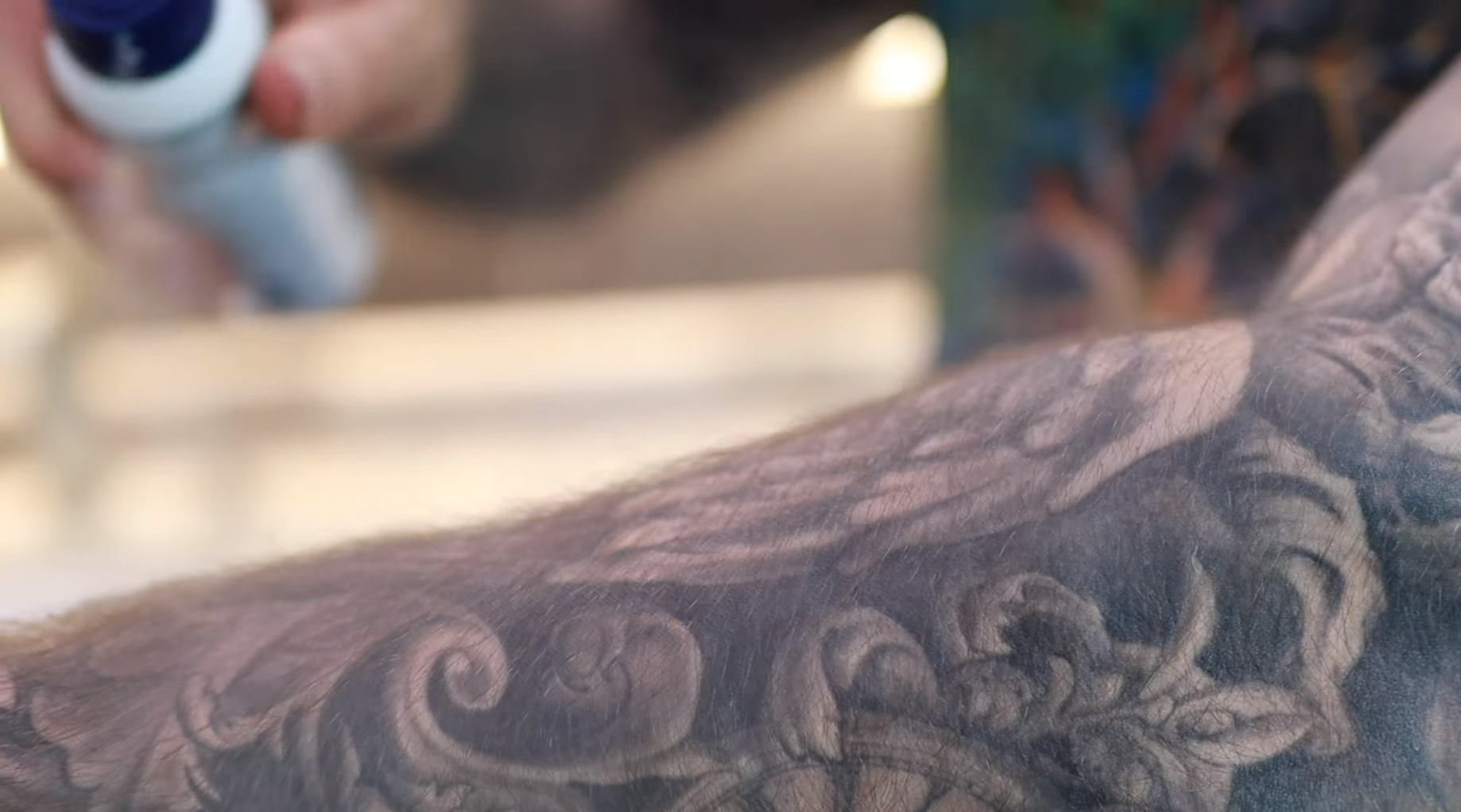
How Long To Use Aquaphor On Tattoo?
The duration for using Aquaphor on a fresh tattoo may differ, but typically, it is advised to apply it during the initial healing phase, which generally lasts two to four weeks. This period is crucial as the tattooed skin is still sensitive and prone to dryness and itching. Aquaphor aids in maintaining the moisture of the skin and alleviating itchiness. After your tattoo has fully healed and the skin is no longer dry or itchy, it is generally safe to discontinue the use of Aquaphor.
However, everyone’s skin and healing process is unique, so it’s best to consult with your tattoo artist to determine the appropriate duration for you. Keep in mind that excessive use of Aquaphor can also cause problems like blocked pores, so it is crucial to use it sparingly and as instructed.
How Long Can You Leave Aquaphor Applied To A Tattoo?
It is generally acceptable to leave the balm applied to a tattoo for a few hours at a time. Ideally, you should apply it in a thin layer three to five times a day, ensuring that the tattooed area is clean and dry before each application. It’s safe to leave Aquaphor on for this duration as it aids in the healing process by keeping the skin moisturized and reducing discomfort from dryness and itching.
However, it’s essential not to overuse it. Excessive use of the balm can result in skin suffocation, leading to pore blockage and the possibility of tattoo discoloration. It’s always advisable to follow the specific recommendations of your tattoo artist when it comes to the duration and frequency of Aquaphor application.
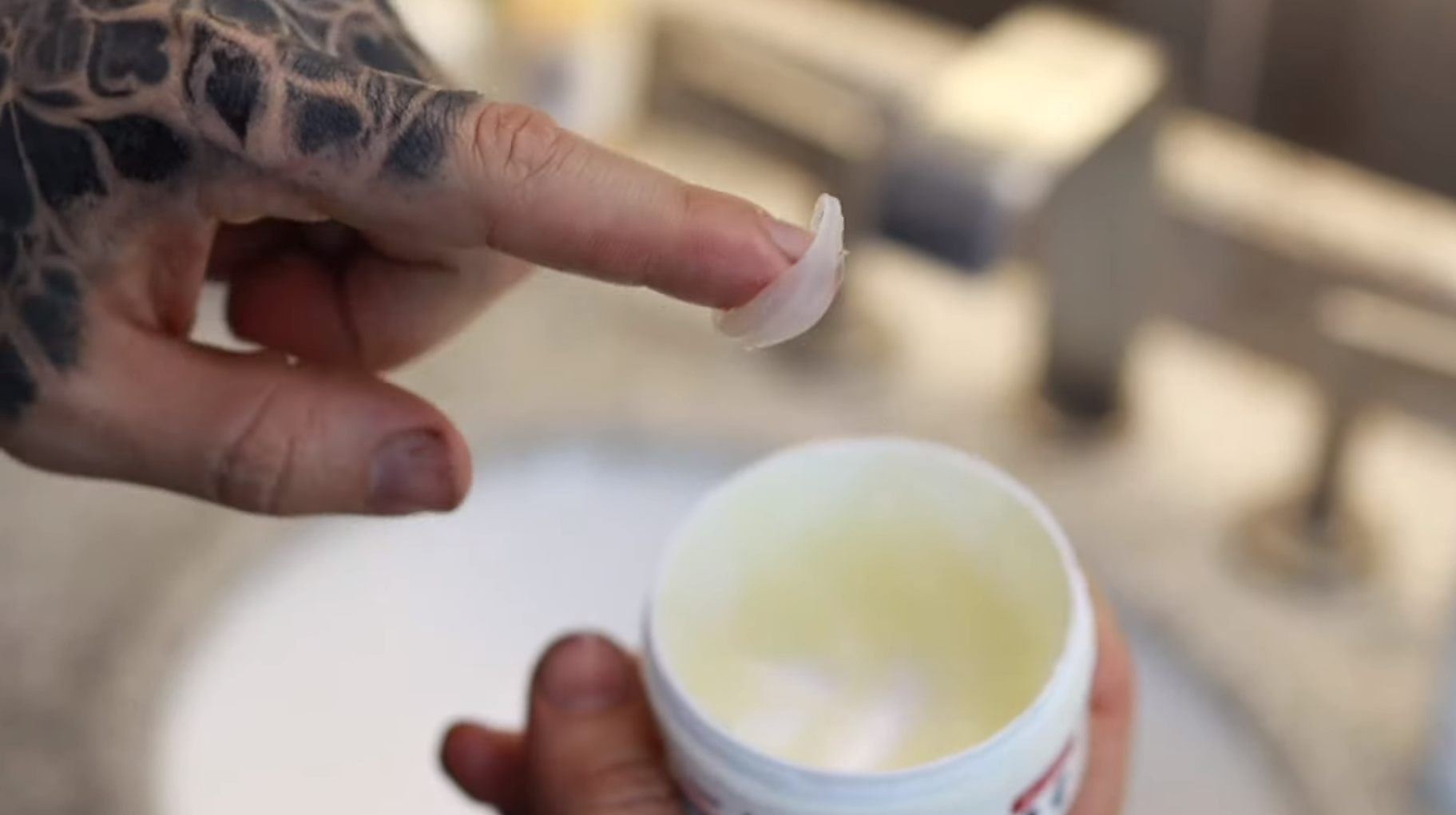
When Should We Use Lotion Instead Of Aquaphor?
Switching to lotion instead of Aquaphor is generally recommended once the initial healing stage has passed, typically around two to four weeks after getting the tattoo. At this point, the tattooed skin is not as sensitive, and major healing has already occurred. Using a lotion, specifically a fragrance-free and alcohol-free one, helps keep the skin moisturized without the risk of clogging pores, which can be a side effect of the thicker Aquaphor ointment.
It’s important to note though, that everyone’s skin reacts differently, and while these guidelines work for the majority, they may not be the best approach for everyone. For personalized advice on aftercare, such as when to transition from Aquaphor to lotion, it’s always wise to consult with your tattoo artist. They can provide the most accurate guidance based on their understanding of your skin type, the size and location of your tattoo, and their experience with the healing process.
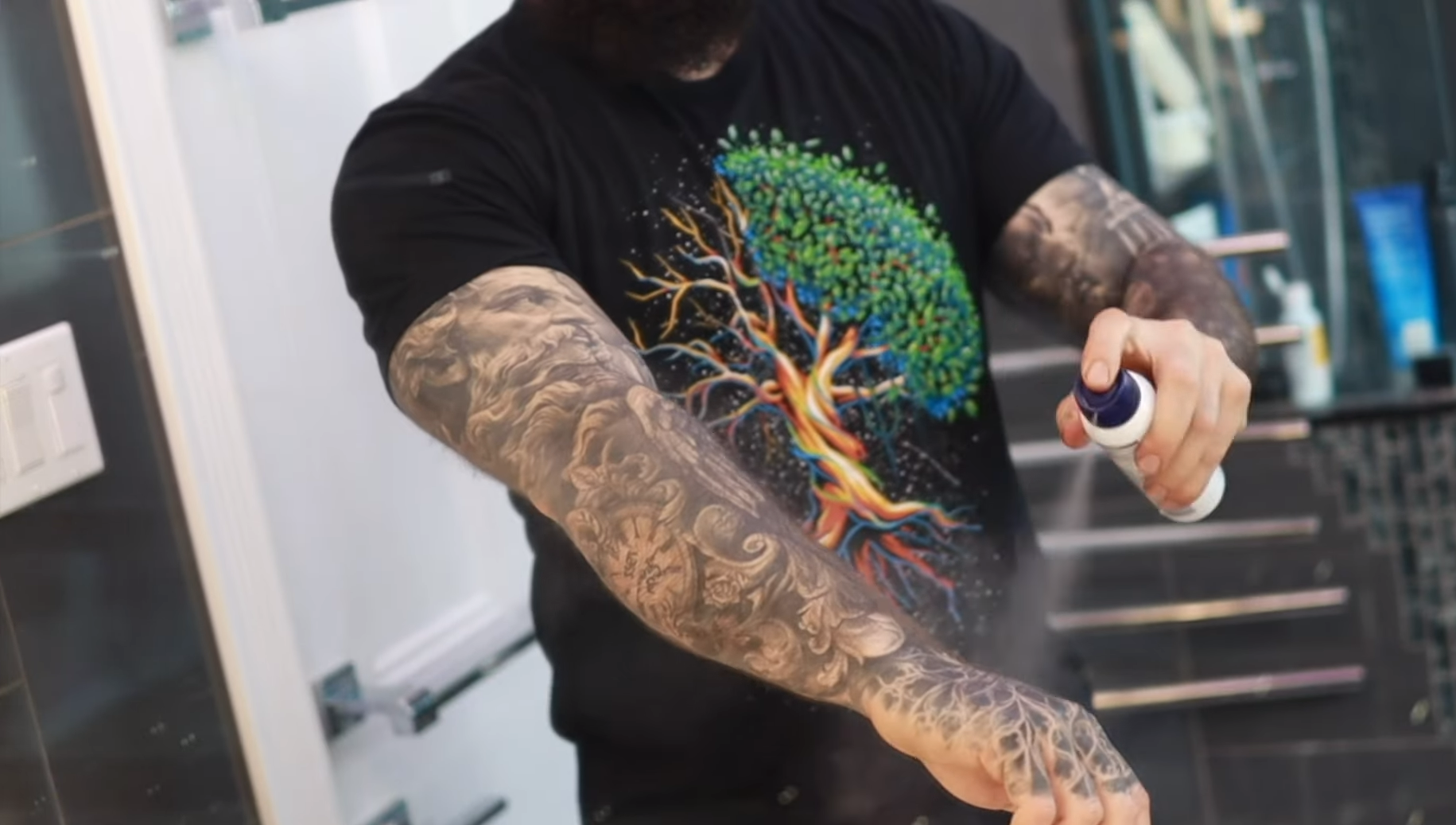
What Can I Use Instead of Aquaphor?
If you’re looking for alternatives to Aquaphor, there are several options available, each with its own pros and cons. Some people prefer natural ointments such as coconut oil or shea butter, both of which provide excellent moisture and have anti-inflammatory properties. Others may use specialized tattoo aftercare products such as Tattoo Goo or After Inked, which are specifically designed to soothe tattooed skin and promote healing.
Another option is plain, unscented white petroleum jelly. Although it is thicker and may potentially clog pores if overused, it can provide a layer of protection for the new tattoo, similar to Aquaphor. [2] A&D ointment is another popular product that can be used for initial healing, but like Aquaphor, it is recommended to switch to a lighter lotion after the initial few weeks.
In the end, choosing the right product for aftercare largely depends on your skin type, how your body heals, and personal preference. Always remember to patch-test a small amount of the new product on another area of your skin before applying it to your tattoo, to ensure you do not have an allergic reaction. And again, consult with your tattoo artist for personalized advice and recommendations.
Frequently Asked Questions
When should I stop putting Aquaphor on my tattoo?
The timeline for when to stop putting Aquaphor on your tattoo can vary depending on several factors, the most important of which is the healing process of your individual skin. Typically, tattoo artists recommend using Aquaphor for the first two to three days after getting your tattoo. This is a critical period as the tattoo is essentially an open wound, and Aquaphor helps keep it moisturized and protected from bacteria and other harmful environmental factors. After these initial days, it’s generally recommended to switch to a lighter, non-petroleum-based lotion or ointment, as products like Aquaphor can be too heavy and might risk clogging your pores, hindering the healing process.
How often should you use Aquaphor on a new tattoo?
For a new tattoo, you should apply Aquaphor or a similar ointment multiple times per day. You want to ensure the tattoo remains moist but not overly saturated, so a thin layer of the ointment is usually sufficient. It’s also important to wash your tattoo with gentle, non-scented soap before each application to remove any excess ink or plasma and to keep the area clean. Each person’s skin and healing process is unique, so it’s always best to follow the specific guidelines provided by your tattoo artist.
Should I put Aquaphor on a new tattoo every day?
Yes, for the first two to three days after getting your tattoo, it’s recommended to apply Aquaphor or a similar ointment every day. This helps keep your tattoo moist and promotes the healing process. Remember, however, to always clean your tattoo with a non-scented soap before reapplying the ointment. After the initial days, it’s advisable to switch to a non-petroleum-based lotion. As always, your tattoo artist will provide the best advice based on your individual needs.
Can too much Aquaphor fade a tattoo?
Yes, applying too much Aquaphor can potentially fade your new tattoo. Overuse of an ointment like Aquaphor can create an overly moist environment that can cause the ink to “draw out,” leading to fading or blotching of the tattoo. It’s crucial to apply just enough to keep the tattoo moist but not saturated. If you notice your tattoo seems overly slick or shiny, it’s a possible sign that you’re using too much ointment. As always, consult with your tattoo artist for personalized care instructions.
Useful Video: Use AQUAPHOR to HEAL your NEW TATTOO!!
Conclusion
Caring for a new tattoo is a critical step in preserving the clarity, vibrancy, and overall appearance of your body art. The use of an ointment, such as Aquaphor, in the initial days post-tattoo, can be beneficial in promoting healing and maintaining the moisture level of the skin, which is vital for preventing scabbing and skin cracking. However, caution must be exercised to avoid overuse, which can lead to an overly moist environment causing the ink to draw out, resulting in fading or blotching of the tattoo. It’s essential to remember that each individual’s skin and healing process is unique, and thus, care routines should be customized based on these factors. Consulting with your tattoo artist for personalized care instructions is always the best course of action. Additionally, transitioning to a non-petroleum-based lotion after the initial days is advised. Proper aftercare assures that your tattoo remains as impressive and vivid as the day you got it, standing as a lasting testament to the expression of personal style and individuality through the art of tattooing.
References:
- https://incidecoder.com/products/aquaphor-advanced-therapy-healing-ointment
- https://www.vaseline.com/us/en/articles/skin-care-basics/skin-care-for-a-new-tattoo.html





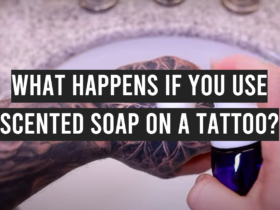
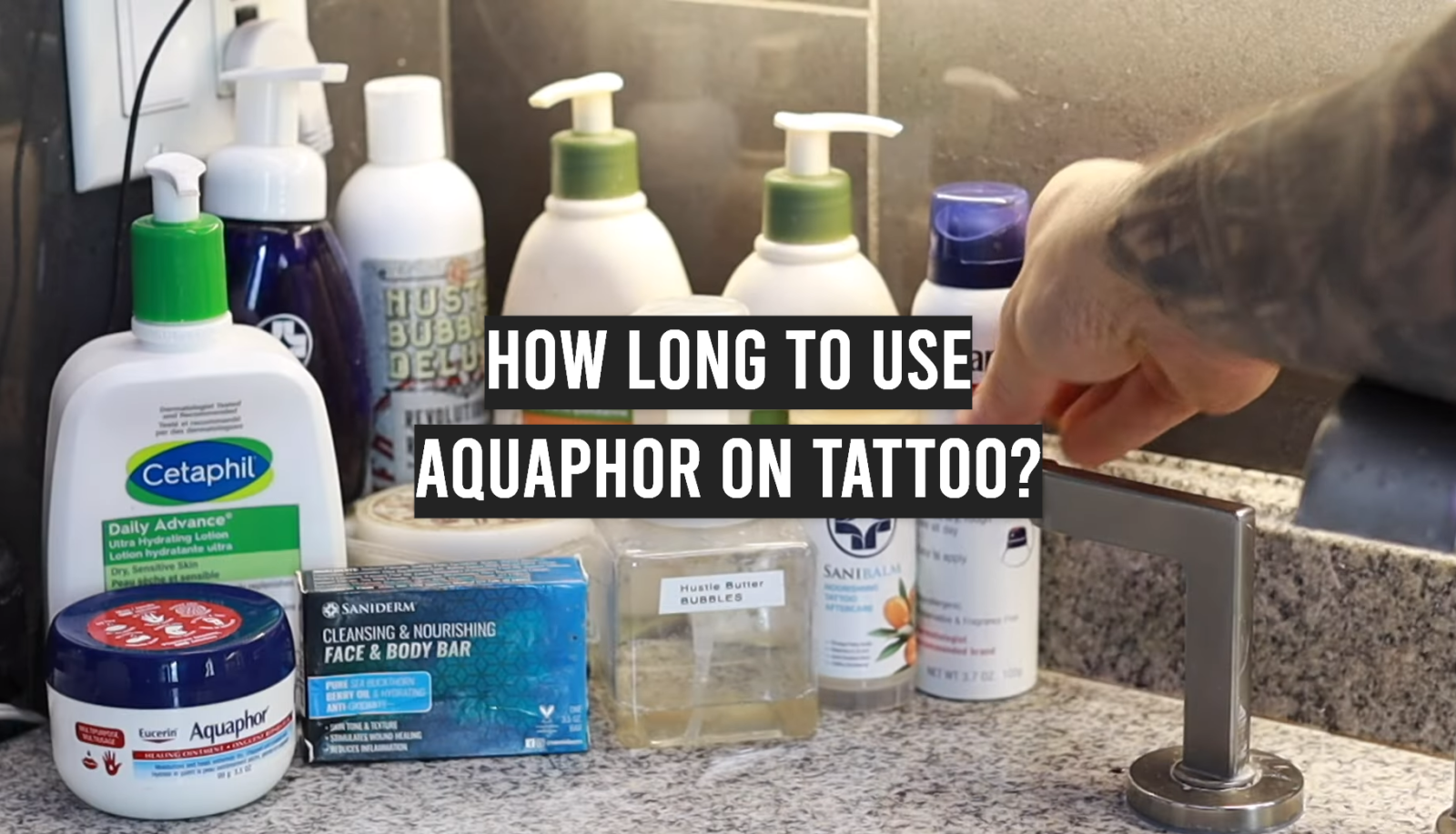
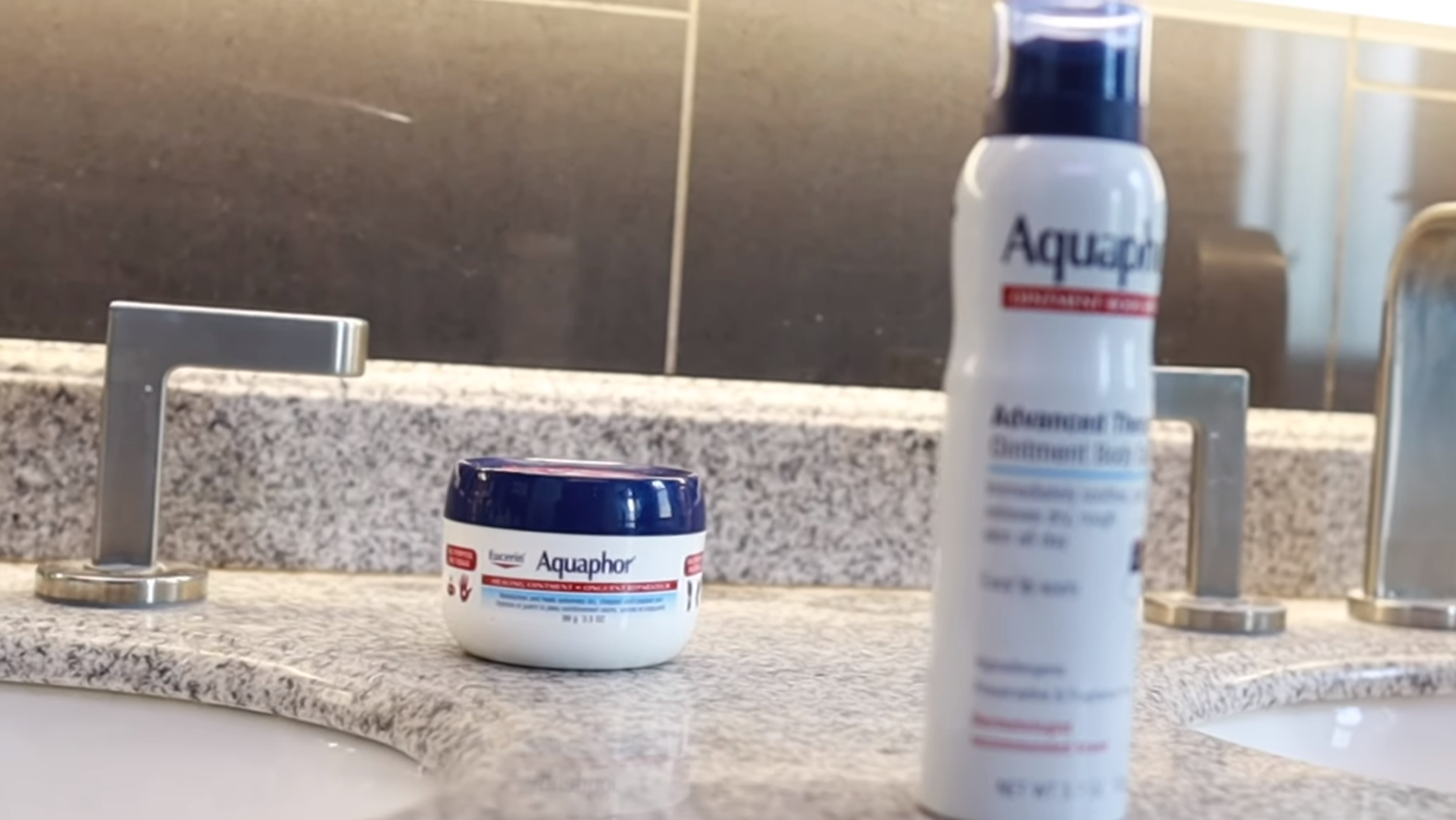
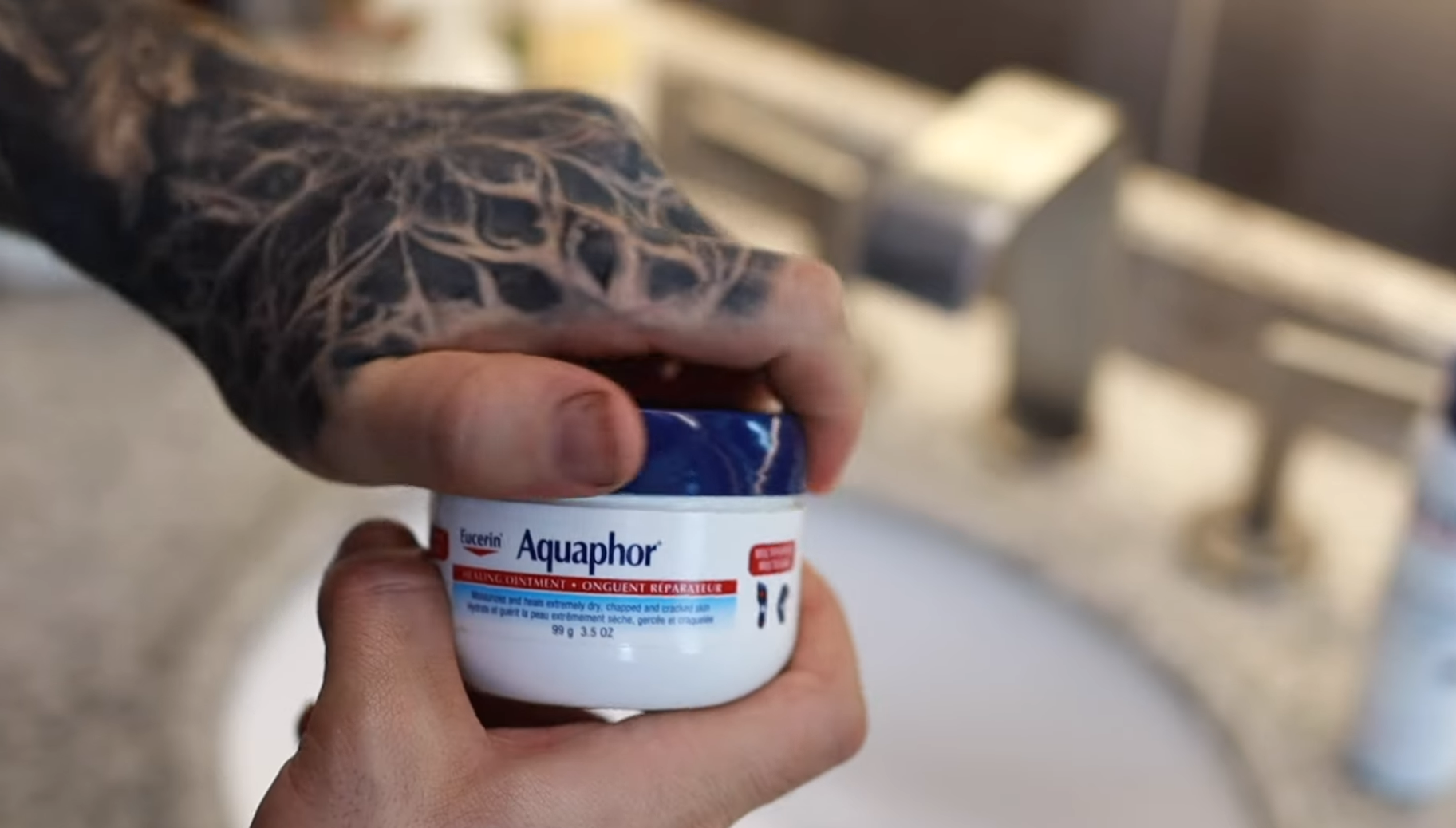




Leave a Review